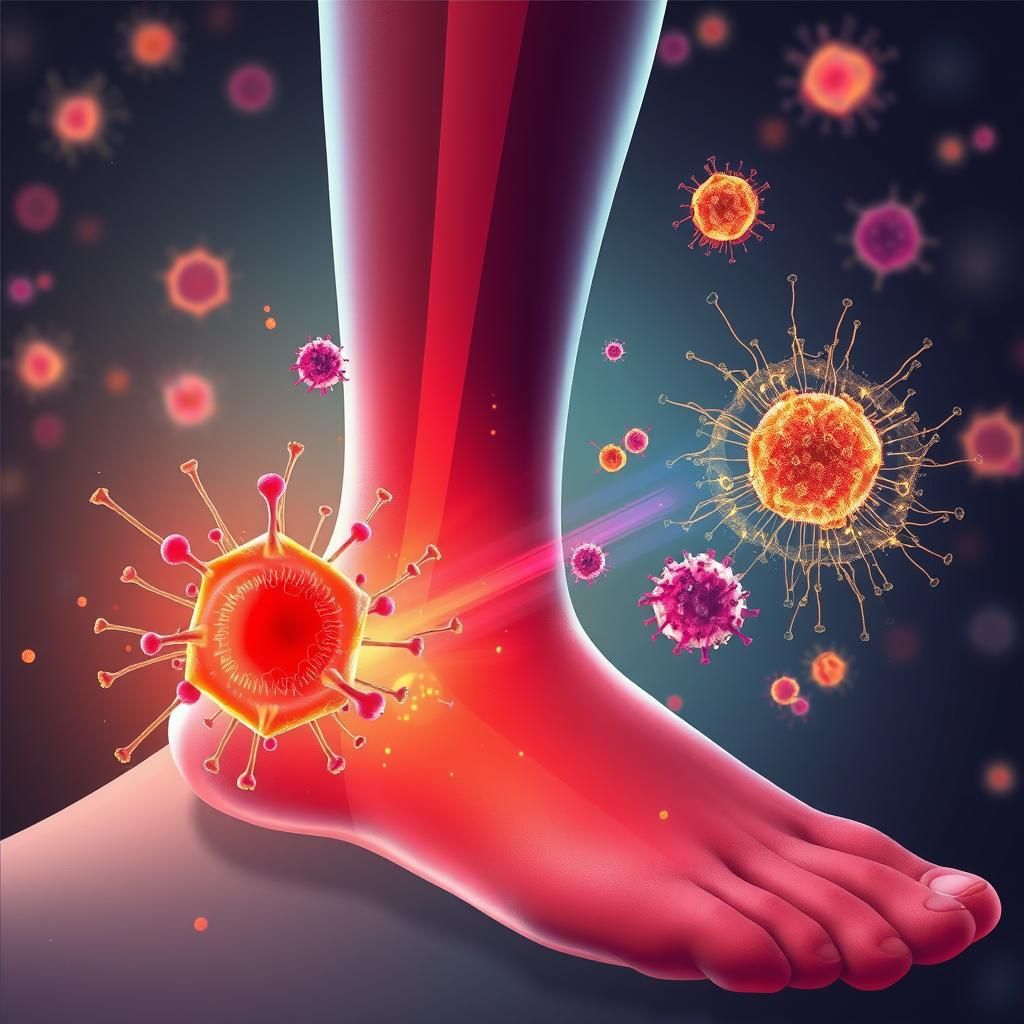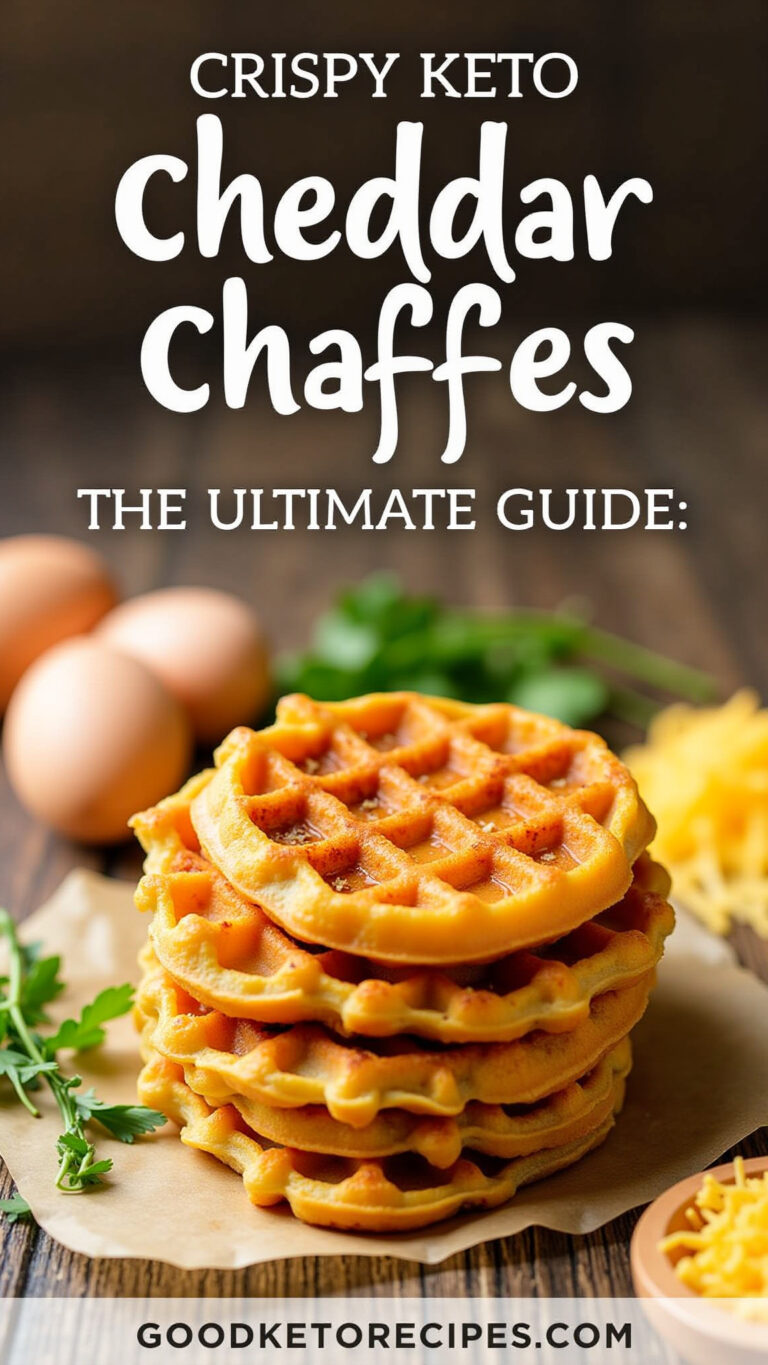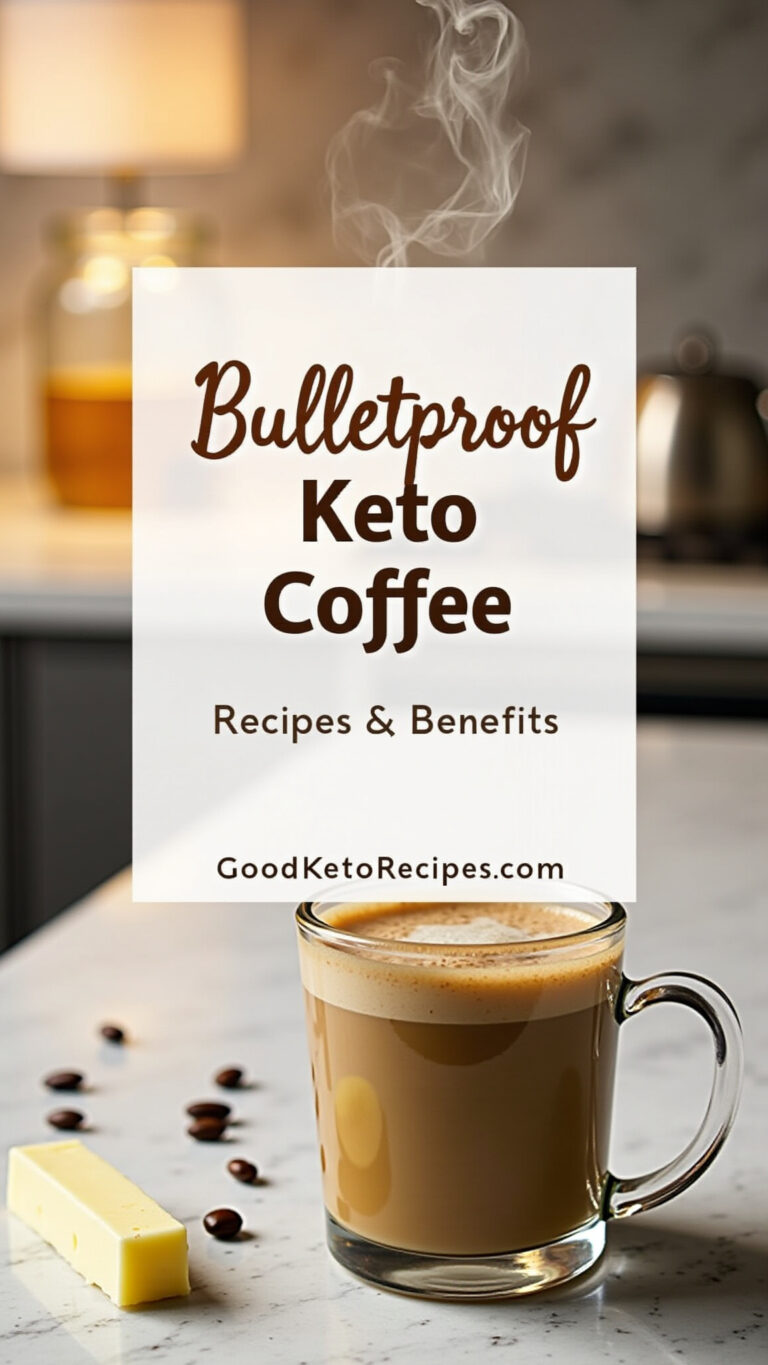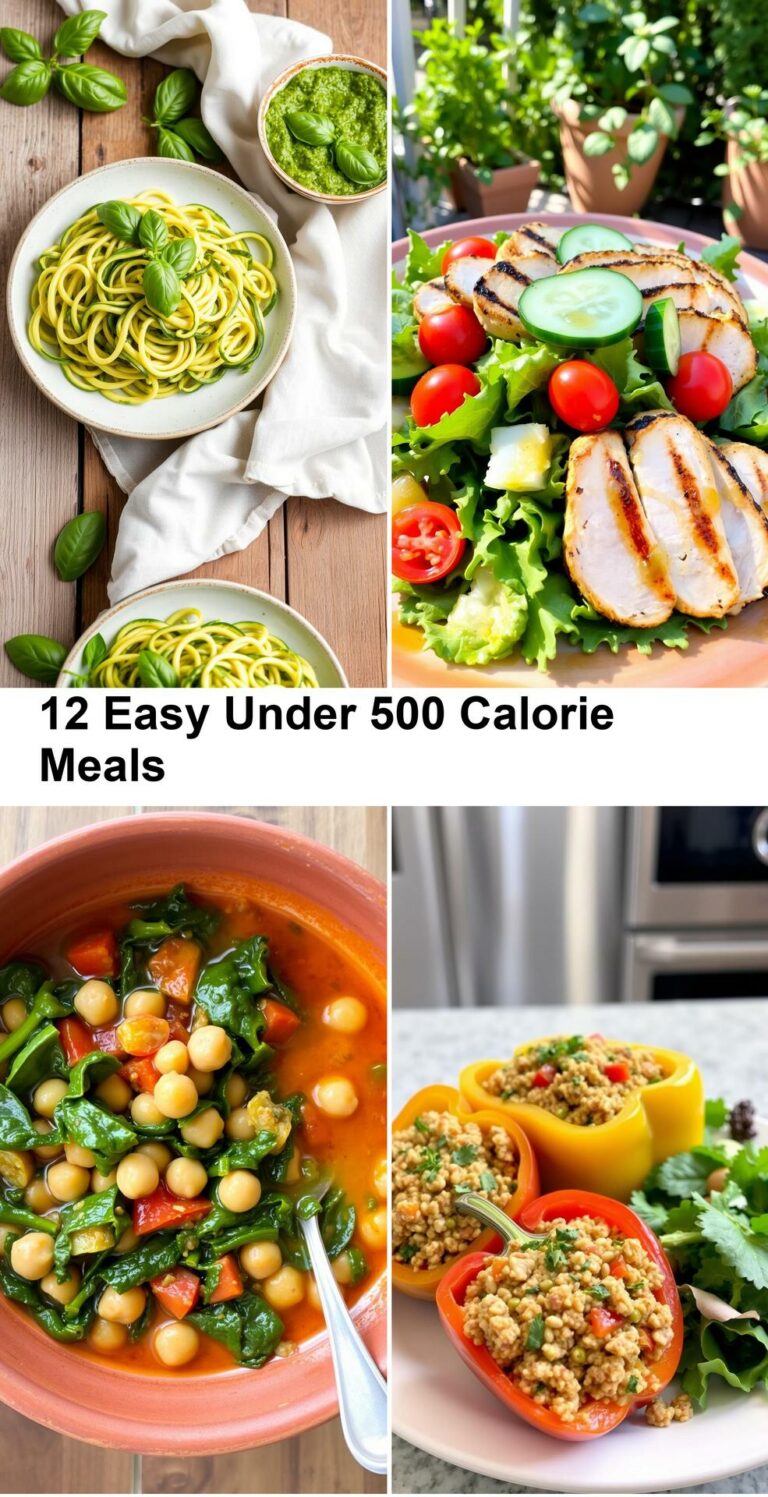Reduce Inflammation in 21 Days
Chronic inflammation is a silent epidemic affecting millions worldwide. Unlike acute inflammation, which is a necessary short-term response to injury or infection, chronic inflammation is a prolonged state of alert within the body. This persistent activation of the immune system can wreak havoc on tissues and organs, contributing to a wide array of health problems, from heart disease and diabetes to autoimmune conditions and neurodegenerative disorders.
Fortunately, one of the most powerful tools we have to combat chronic inflammation lies within our own kitchens. Diet plays a pivotal role, acting either as a trigger or a powerful modulator of inflammatory pathways. An anti-inflammatory diet focuses on consuming foods rich in antioxidants, healthy fats, and fiber while eliminating or significantly reducing those known to promote inflammation.Custom Keto Diet
This article explores the concept of a focused 21-day anti-inflammatory diet designed not only to reduce inflammation but also to support the body’s natural detoxification processes. A 21-day period is often recommended because it’s long enough to potentially break old habits, establish new ones, and allow the body sufficient time to respond positively to dietary changes, often resulting in noticeable improvements in symptoms and overall well-being.
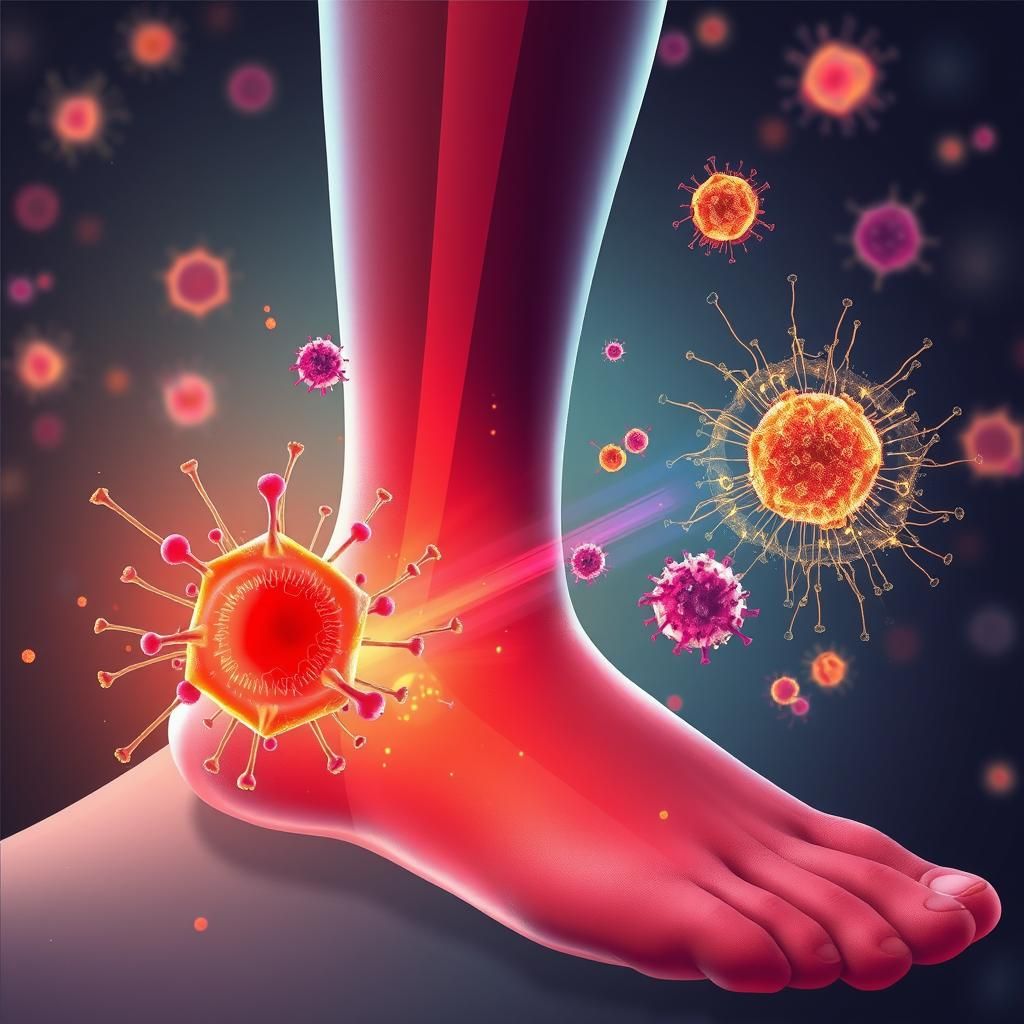
Embarking on this 21-day journey is more than just a temporary fix; it’s an opportunity to reset your body, identify potential food sensitivities, and build a sustainable foundation for long-term health by harnessing the incredible power of food.
Understanding Inflammation: The Body’s Complex Response
To appreciate the value of an anti-inflammatory diet, it’s essential to understand what inflammation is and why it can become problematic.
What is Inflammation?
Inflammation is the body’s natural protective response to injury, infection, or irritation. It’s a complex biological process involving immune cells, blood vessels, and molecular mediators.
- **Acute Inflammation:** This is the immediate, short-term response. Think of swelling, redness, pain, and heat around a cut or sprained ankle. Its purpose is to protect the body, remove the cause of injury, and initiate the healing process. Once the threat is neutralized or the injury healed, acute inflammation subsides.
- **Chronic Inflammation:** This occurs when the inflammatory response lingers for months or even years. It often happens without a clear, immediate cause or when the body fails to eliminate the initial trigger (like persistent irritants, excess fat cells, or an autoimmune reaction). Chronic inflammation is low-grade but persistent, like a smoldering fire that continuously damages tissues. It doesn’t always present with obvious symptoms like acute inflammation, making it a “silent” threat.
Causes of Chronic Inflammation
Chronic inflammation is multifactorial. While infections or autoimmune diseases are direct causes, lifestyle factors significantly contribute to its development and persistence:
- **Diet:** As we’ll detail, specific foods and dietary patterns are major drivers.
- **Stress:** Chronic psychological stress releases hormones like cortisol, which can initially suppress, but over time, dysregulate the immune system and promote inflammation.
- **Lack of Sleep:** Insufficient or poor-quality sleep is linked to increased inflammatory markers.
- **Sedentary Lifestyle:** Lack of physical activity contributes to chronic inflammation.
- **Exposure to Toxins:** Environmental pollutants, heavy metals, and chemicals in food or products can trigger inflammatory responses.
- **Gut Dysbiosis:** An imbalance of beneficial and harmful bacteria in the gut can lead to a “leaky gut,” allowing inflammatory substances to enter the bloodstream.
- **Obesity:** Fat tissue, especially visceral fat around organs, is metabolically active and releases inflammatory compounds called adipokines.
- **Smoking:** Cigarette smoke is a powerful inflammatory agent.
Symptoms and Health Conditions Linked to Inflammation
Chronic inflammation is implicated in nearly every major chronic disease. While some people may experience subtle signs, others suffer from overt symptoms.
**Potential Symptoms of Chronic Inflammation:**
- Fatigue and low energy
- Digestive issues (IBS, bloating, constipation, diarrhea)
- Aches and stiffness in joints and muscles
- Skin problems (acne, eczema, psoriasis)
- Frequent infections
- Allergies and sensitivities
- Brain fog, difficulty concentrating, mood disorders (anxiety, depression)
- Weight gain or difficulty losing weight
- Swollen glands
**Health Conditions Linked to Chronic Inflammation:**
- Cardiovascular disease (heart attacks, strokes)
- Type 2 Diabetes
- Autoimmune diseases (Rheumatoid Arthritis, Lupus, Inflammatory Bowel Disease, Multiple Sclerosis)
- Neurodegenerative diseases (Alzheimer’s, Parkinson’s)
- Certain Cancers
- Metabolic Syndrome
- Non-Alcoholic Fatty Liver Disease
- Asthma and allergies
- Obesity
Given its widespread impact, addressing chronic inflammation through lifestyle modifications, particularly diet, is a crucial step towards preventing and managing numerous health issues.The Ultimate Keto Meal Plan
The Role of Diet in Inflammation: Friends and Foes
The food choices we make daily have a profound and immediate impact on our inflammatory status. Some foods fan the flames, while others help extinguish them.
Inflammatory Foods to Avoid
Certain dietary components are known triggers for inflammation in the body. Limiting or eliminating these is a cornerstone of an anti-inflammatory diet.
- **Processed Foods:** Foods high in unhealthy fats, sugar, refined grains, and artificial additives. These are often calorie-dense but nutrient-poor. Examples: packaged snacks, fast food, processed meats, convenience meals.
- **Added Sugars:** Sugar (especially high-fructose corn syrup and sucrose) directly promotes inflammation. It’s found in soda, candy, pastries, sweetened beverages, and surprisingly, many savory processed foods. Excessive sugar intake is also linked to weight gain, which itself fuels inflammation.
- **Refined Grains:** Grains stripped of their bran and germ (like white bread, white rice, pasta made from white flour). These are quickly converted to sugar in the body, causing blood sugar spikes and contributing to inflammation. They also lack fiber and essential nutrients found in whole grains.
- **Unhealthy Fats:**
- **Trans Fats:** Found in partially hydrogenated oils, used in some margarines, processed baked goods, and fried foods. Trans fats are highly inflammatory and detrimental to heart health.
- **Excess Omega-6 Fatty Acids:** While some omega-6s are essential, the typical Western diet contains an excessive amount compared to omega-3s, often from vegetable oils like soybean, corn, and sunflower oil used in processed foods. This imbalance promotes inflammation.
- **Saturated Fats:** While the science is evolving, high intake of saturated fats from red meat, full-fat dairy, and processed foods can be pro-inflammatory for many individuals, particularly when consumed in the context of a high-calorie, low-nutrient diet.
- **Conventional Dairy:** For many people, dairy products (especially pasteurized cow’s milk) can be inflammatory due to casein protein and lactose sugar. This is highly individual.
- **Gluten:** Gluten, a protein found in wheat, barley, and rye, is highly inflammatory for individuals with Celiac disease. It can also cause inflammation and symptoms in those with non-celiac gluten sensitivity. While not inflammatory for *everyone*, many people find reducing or eliminating gluten beneficial on an anti-inflammatory diet, especially if gut issues are present.
- **Alcohol:** Excessive alcohol consumption increases inflammation throughout the body, damages the gut lining, and impairs liver function.
- **Artificial Sweeteners and Additives:** Some artificial sweeteners and food additives may trigger inflammatory responses in sensitive individuals or negatively impact gut bacteria.
Anti-Inflammatory Foods to Embrace
The focus of an anti-inflammatory diet is on nutrient-dense, whole foods packed with compounds that combat inflammation.
- **Fruits (especially berries):** Rich in antioxidants (like anthocyanins in berries) and Vitamin C, which neutralize free radicals and reduce oxidative stress, a key driver of inflammation. Examples: blueberries, strawberries, raspberries, cherries, oranges, apples.
- **Vegetables (especially leafy greens and cruciferous):** Loaded with vitamins, minerals, fiber, and phytochemicals. Leafy greens (spinach, kale, collards) provide vitamins A, C, and K, which have anti-inflammatory properties. Cruciferous vegetables (broccoli, cauliflower, Brussels sprouts) contain sulforaphane, a powerful anti-inflammatory compound. Other great choices: bell peppers (high in Vitamin C), tomatoes (contain lycopene, a potent antioxidant).
- **Fatty Fish:** Excellent sources of Omega-3 fatty acids (EPA and DHA), which are powerful anti-inflammatory agents. They work by reducing the production of inflammatory substances. Examples: salmon, mackerel, sardines, herring, anchovies. Aim for 2-3 servings per week.
- **Nuts and Seeds:** Provide healthy monounsaturated and polyunsaturated fats, fiber, and antioxidants. Walnuts and flaxseeds are good sources of ALA, a plant-based omega-3. Examples: almonds, walnuts, chia seeds, flaxseeds, pumpkin seeds.
- **Olive Oil (Extra Virgin):** A staple of the Mediterranean diet, EVOO is rich in monounsaturated fats and oleocanthal, a compound with anti-inflammatory properties similar to ibuprofen. Use it as your primary cooking oil and for dressings.
- **Spices:** Many spices have potent anti-inflammatory effects. Turmeric contains curcumin, a well-researched anti-inflammatory compound. Ginger also has significant anti-inflammatory and antioxidant properties. Other beneficial spices: cinnamon, garlic, black pepper (enhances curcumin absorption).
- **Green Tea:** Packed with polyphenols, particularly EGCG, which has strong antioxidant and anti-inflammatory effects.
- **Whole Grains (in moderation, if tolerated):** For individuals who tolerate them, true whole grains (oats, brown rice, quinoa, barley) provide fiber, which supports gut health and can indirectly reduce inflammation. However, some people find benefits from reducing all grains, so listen to your body.
- **Legumes:** Beans and lentils are high in fiber, plant-based protein, and antioxidants, which can help reduce inflammation and support gut health.
By shifting the balance from inflammatory to anti-inflammatory foods, you provide your body with the building blocks it needs to heal and reduce systemic inflammation.Keto Breads and Pizza recipe book
Detoxification and the Anti-Inflammatory Diet
The concept of “detox” is often misunderstood or associated with restrictive, short-term cleanses. In reality, the human body has sophisticated natural detoxification systems, primarily involving the liver, kidneys, digestive system, lungs, and skin. These organs constantly work to filter blood, process nutrients, eliminate waste products, and neutralize toxins from both internal metabolic processes and external environmental exposure.
An anti-inflammatory diet strongly supports these natural detoxification pathways, making it a gentle yet effective way to aid the body’s cleaning processes without resorting to extreme or potentially harmful measures.
How the Body Detoxes Naturally
- **Liver:** The primary detoxification organ. It filters blood, processes nutrients, and metabolizes drugs, alcohol, hormones, and toxins. It converts fat-soluble toxins into water-soluble compounds that can be excreted.
- **Kidneys:** Filter waste products and excess water from the blood, producing urine for elimination.
- **Digestive System:** Eliminates waste through feces. A healthy gut microbiome is crucial for processing waste and preventing toxins from being reabsorbed.
- **Lungs:** Excrete gaseous waste products like carbon dioxide and filter airborne pollutants.
- **Skin:** Eliminates some toxins through sweat.
How an Anti-Inflammatory Diet Supports Detox
An anti-inflammatory diet enhances the body’s natural detox capabilities in several key ways:
- **Reduces Toxin Load:** By eliminating processed foods, unhealthy fats, and excessive sugar, you significantly reduce the intake of compounds that the liver and kidneys must process, easing their burden.
- **Provides Essential Nutrients:** Detoxification is a metabolically demanding process requiring specific vitamins, minerals, and antioxidants. An anti-inflammatory diet is rich in these cofactors, supporting Phase 1 and Phase 2 liver detoxification pathways.
- **Supports Liver Function:** Specific anti-inflammatory foods like cruciferous vegetables, garlic, onions, and turmeric contain compounds that actively support liver enzyme activity necessary for detoxification.
- **Enhances Gut Health:** High fiber intake from fruits, vegetables, legumes, nuts, and seeds feeds beneficial gut bacteria. A healthy microbiome improves digestion, helps eliminate waste efficiently, reduces gut permeability (“leaky gut”), and minimizes the reabsorption of toxins.
- **Promotes Hydration:** The emphasis on whole, water-rich foods and adequate water intake supports kidney function and helps flush waste products.
- **Reduces Inflammatory Burden on Detox Organs:** Chronic inflammation itself can impair organ function, including the liver and kidneys. By reducing systemic inflammation, the diet allows these vital organs to perform their detoxification tasks more effectively.
Specific Foods/Practices for Detox Support
While the entire anti-inflammatory diet is supportive, some components are particularly beneficial for detox:
- **Cruciferous Vegetables:** Broccoli, cauliflower, kale, Brussels sprouts contain sulfur compounds that aid liver detoxification.
- **Alliums:** Garlic, onions, leeks also contain sulfur compounds beneficial for the liver.
- **Leafy Greens:** Spinach, kale, collards are rich in chlorophyll, which can help bind and eliminate toxins.
- **Cilantro:** Known for its potential to chelate (bind to) heavy metals.
- **Lemon/Lime:** Adding citrus to water stimulates digestive enzymes and aids liver function.
- **Plenty of Clean Water:** Essential for flushing toxins via the kidneys and supporting overall cellular function.
- **Fiber-Rich Foods:** Fruits, vegetables, legumes, whole grains (if tolerated) bind to toxins and waste products in the digestive tract, promoting their elimination.
By reducing the input of inflammatory triggers and toxins while providing the necessary nutrients for the body’s built-in detoxification machinery, the 21-day anti-inflammatory diet offers a gentle, effective, and holistic approach to cleansing from within.Keto Soup Detox
The 21-Day Plan: What to Expect
Committing to a 21-day diet focused on reducing inflammation and supporting detox provides a structured period to experience significant changes and build new habits.
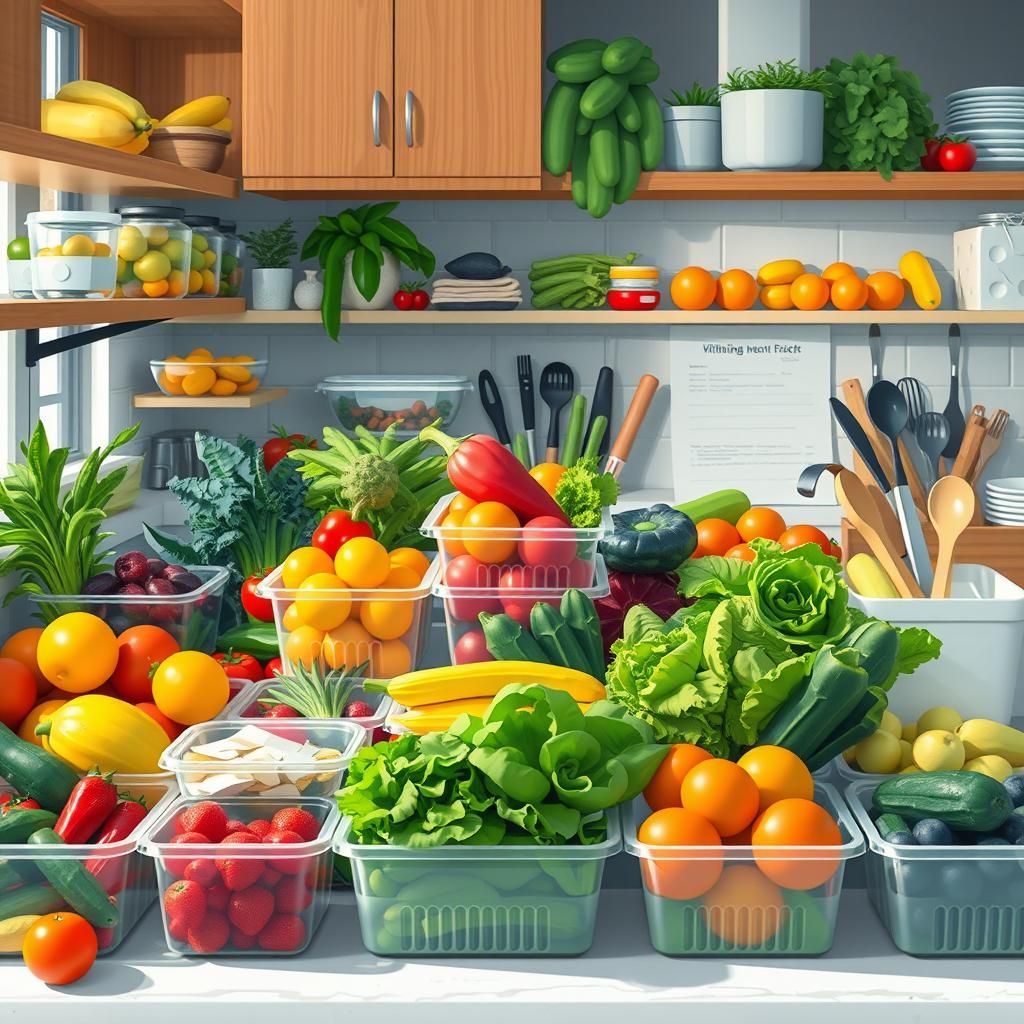
Why 21 Days?
The choice of 21 days isn’t arbitrary, though it’s more of a general guideline than a strict scientific rule for habit formation (which can vary greatly). However, a three-week period is often sufficient to:
- **Break Old Habits:** It takes conscious effort and time to replace ingrained dietary patterns with new ones. 21 days provides that focused effort.
- **Experience Initial Results:** Many people begin to notice improvements in symptoms like reduced bloating, increased energy, clearer skin, or less joint stiffness within this timeframe. These positive results can be highly motivating for continued adherence.
- **Identify Food Sensitivities:** By eliminating common inflammatory culprits, you create a baseline. While a formal reintroduction phase (typical in elimination diets) isn’t the primary focus here, you may become more aware of how certain foods made you feel *before* compared to how you feel on the diet.
- **Reset Taste Buds:** As you reduce sugar and processed foods, your palate often recalibrates, making whole, natural foods more appealing.
Key Principles of the 21-Day Diet
The core of the 21-day plan is consistent application of the principles discussed:
- **Eliminate Inflammatory Foods:** Strictly remove added sugars, refined grains, unhealthy fats (trans fats, excessive omega-6s), processed foods, and potentially dairy and gluten if you suspect sensitivity.
- **Prioritize Anti-Inflammatory Foods:** Build meals around abundant vegetables, fruits, lean proteins (especially fatty fish), healthy fats (olive oil, avocados, nuts, seeds), and anti-inflammatory spices.
- **Stay Hydrated:** Drink plenty of water throughout the day.
- **Focus on Whole, Unprocessed Foods:** Choose ingredients in their natural state as much as possible.
- **Practice Mindful Eating:** Pay attention to hunger and fullness cues, chew thoroughly, and enjoy your meals.
This is less about calorie counting or strict portion control (though listening to your body is key) and more about the *quality* of food you consume.
Potential Benefits
While individual results vary, many people report experiencing several benefits during or after a focused anti-inflammatory diet period:
- **Reduced Pain and Stiffness:** Particularly beneficial for those with arthritis or other inflammatory joint conditions.
- **Improved Digestive Health:** Reduced bloating, gas, and more regular bowel movements.
- **Increased Energy Levels:** By reducing the inflammatory burden and providing nutrient-dense fuel, the body can operate more efficiently.
- **Clearer Skin:** Inflammation is linked to many skin conditions. Reducing it can lead to improvements.
- **Weight Management:** Eliminating calorie-dense, nutrient-poor processed foods and sugar, while increasing fiber and lean protein, often leads to natural weight loss or stabilization.
- **Improved Mood and Mental Clarity:** The gut-brain connection is strong; reducing inflammation in the gut can positively impact cognitive function and mood.
- **Better Sleep Quality:** Inflammation and poor sleep are linked in a vicious cycle; improving one can help the other.
- **Strengthened Immune System:** By reducing chronic activation, the immune system can be more effective when it needs to respond to real threats.
The 21-day period serves as an intensive jumpstart, allowing you to experience these benefits firsthand and providing the motivation to continue with many of these principles long-term.The Keto Diet
Implementing the 21-Day Anti-Inflammatory Diet
Starting any new diet requires preparation and strategy. Here’s a guide to successfully navigate your 21-day journey.
Getting Started: Preparation is Key
Failing to prepare is preparing to fail. Taking time before Day 1 is crucial.
- **Pantry & Fridge Cleanout:** Go through your kitchen and remove tempting inflammatory foods. Donate unopened items or discard things you know will derail you. This includes:
- Sugary snacks, cereals, drinks
- White bread, pasta, crackers
- Processed meats
- Bottles of unhealthy vegetable oils (corn, soy, sunflower)
- Packaged meals and sauces high in sugar, salt, and unhealthy fats
- **Plan Your Meals (at least for the first few days):** Don’t wait until you’re hungry to figure out what’s compliant. Having a plan reduces stress and the likelihood of grabbing something easy but non-compliant.
- **Create Your Shopping List:** Based on your meal plan, make a detailed list of anti-inflammatory foods you need. Stick to the outer aisles of the grocery store (produce, lean proteins) and visit the inner aisles only for specific items like olive oil, nuts, seeds, and spices.
- **Set Your Intention:** Understand *why* you are doing this. Write down your goals – whether it’s reducing pain, increasing energy, or simply hitting a reset button. Remind yourself of these goals when motivation wanes.
Sample 21-Day Meal Plan Overview
Providing a full day-by-day plan for 21 days is beyond the scope here, but understanding the structure of meals is vital. Each meal and snack should focus on combining anti-inflammatory food groups.
Structure of a Typical Day:
- **Breakfast:** Focus on protein, healthy fats, and fiber.
- *Examples:* Smoothie with leafy greens, berries, chia seeds, and plant-based protein powder; Scrambled eggs with spinach and avocado; Oatmeal (if tolerating oats) with berries and nuts (ensure no added sugar).
- **Lunch:** Combine protein, plenty of non-starchy vegetables, and healthy fats.
- *Examples:* Large salad with grilled salmon or chicken, mixed greens, colorful vegetables, nuts/seeds, and an olive oil-based dressing; Leftovers from dinner; Lentil soup with a side salad.
- **Dinner:** Similar to lunch – protein, ample non-starchy vegetables, healthy fats.
- *Examples:* Baked fish with roasted broccoli and sweet potato; Chicken stir-fry with lots of vegetables (use coconut aminos instead of soy sauce); Lentil or bean chili loaded with vegetables.
- **Snacks (as needed):** Focus on fiber, protein, or healthy fats to stay satisfied between meals.
- *Examples:* Apple slices with almond butter; Small handful of nuts and seeds; Berry and spinach smoothie; Vegetable sticks with hummus (check hummus ingredients for added sugar/bad oils).
Key Considerations:
- **Variety:** Don’t eat the same thing every day. Explore different anti-inflammatory foods to get a wide range of nutrients and prevent boredom.
- **Listen to Your Body:** Pay attention to how different foods make you feel. This diet encourages tuning into your body’s signals.
- **Flexibility:** While consistency is key, unexpected events happen. If you have a meal that isn’t perfectly compliant, don’t view it as failure. Acknowledge it and get right back on track with your next meal.
Hydration and Beverages
Staying well-hydrated is non-negotiable for detoxification and overall health.
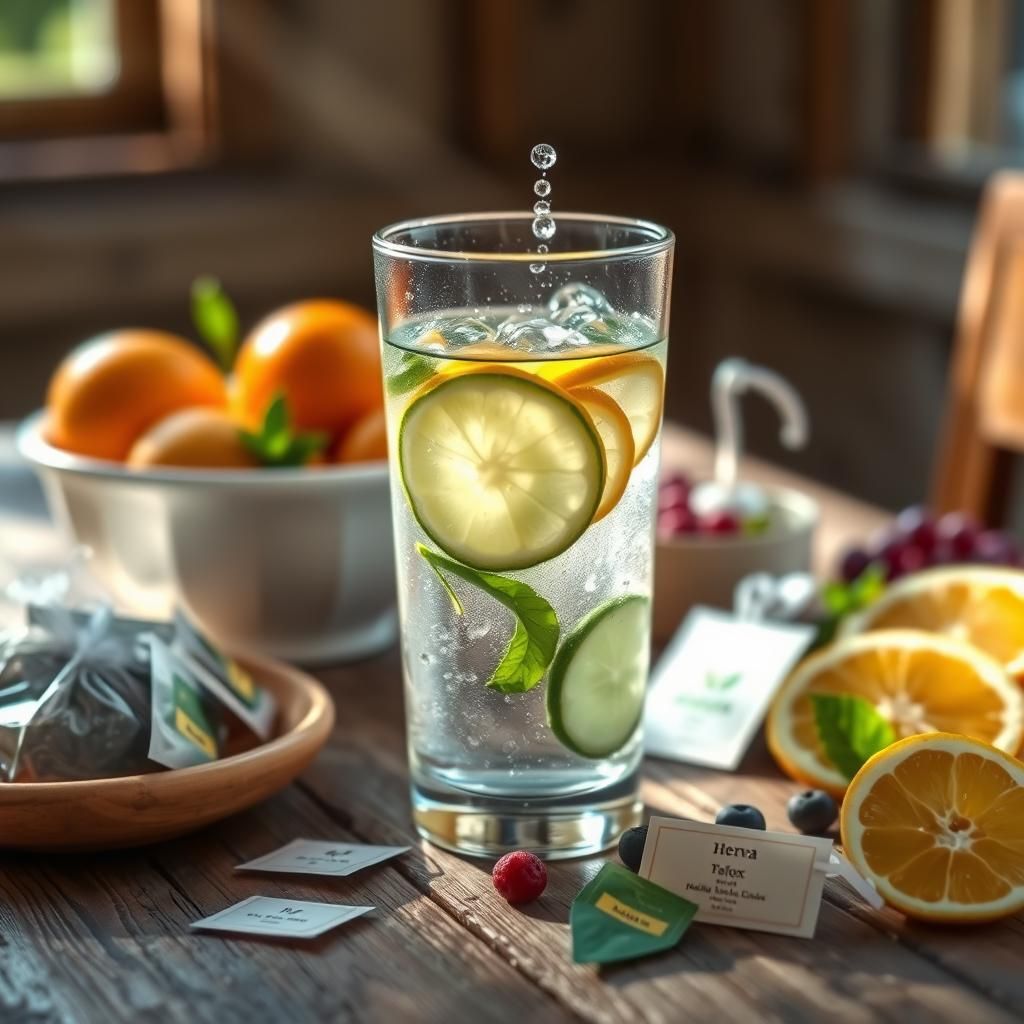
- **Water:** Make clean water your primary beverage. Aim for at least 8 glasses (2 liters) per day, more if you’re active or in a hot climate.
- **Lemon/Lime Water:** Adding citrus enhances flavor and supports liver function.
- **Herbal Teas:** Many herbal teas (ginger, turmeric, peppermint, chamomile) have anti-inflammatory and digestive benefits. Green tea is particularly recommended for its antioxidant content.
- **Avoid:** Sugary drinks (soda, juice), alcohol, excessive caffeine (especially with added sugar/creamer).
Mindful Eating and Lifestyle Factors
Diet is only one piece of the puzzle. Integrating other healthy habits enhances the benefits of the 21-day plan.

- **Mindful Eating:** Pay attention to your food, chew slowly, and eat without distractions. This improves digestion and helps you recognize fullness.
- **Stress Management:** Chronic stress fuels inflammation. Incorporate stress-reducing activities like meditation, deep breathing, yoga, spending time in nature, or hobbies.
- **Quality Sleep:** Aim for 7-9 hours of quality sleep per night. Establish a regular sleep schedule and create a relaxing bedtime routine.
- **Regular Movement:** Gentle to moderate exercise helps reduce inflammation, improves circulation, and supports detoxification. Find activities you enjoy, whether it’s walking, swimming, or yoga.
- **Reduce Toxin Exposure:** Be mindful of potential toxins in your environment, cleaning products, and personal care products. Choose natural alternatives where possible.
Tips for Success
- **Meal Prep:** Spend a few hours on a weekend preparing ingredients (chopping veggies, cooking grains, preparing dressings) or entire meals to save time during the week.
- **Read Labels:** Even seemingly healthy packaged foods can contain hidden sugars, unhealthy oils, or additives. Learn to read ingredient lists carefully.
- **Dining Out:** Choose restaurants with options like salads, grilled fish or lean protein, and steamed vegetables. Ask for dressings and sauces on the side, or opt for olive oil and lemon. Don’t be afraid to ask questions about ingredients or preparation methods.
- **Find a Support System:** Share your journey with a friend, family member, or join an online community. Having support can make adherence easier.
- **Manage Cravings:** Cravings are normal, especially when transitioning away from sugar and processed foods. Have healthy snacks on hand. Distract yourself with an activity, drink water, or try a healthy beverage like herbal tea. Remember *why* you started.
Addressing Challenges
While preparing for the 21-day plan, it’s important to anticipate and address potential hurdles.

- **Headaches/Fatigue (especially early on):** As your body adjusts, you might experience symptoms akin to sugar withdrawal. Stay hydrated, ensure you’re eating enough calories from approved foods, and prioritize rest. These symptoms usually subside within a few days.
- **Social Situations:** Plan ahead. Offer to bring a compliant dish to gatherings. Eat beforehand if necessary. Politely explain that you’re focusing on health right now. Most people will understand.
- **Feeling Restricted:** Focus on the abundance of delicious foods you *can* eat rather than what you can’t. Explore new recipes and ingredients.
By preparing thoroughly, structuring your meals, focusing on holistic well-being, and having strategies for challenges, you significantly increase your chances of successfully completing the 21-day anti-inflammatory diet and reaping its benefits.500 Delicious Keto Recipes Cookbook
Beyond 21 Days: Maintaining Long-Term Health
Completing 21 days on an anti-inflammatory diet is a significant achievement and a powerful reset. However, the real long-term benefits come from integrating these principles into your lifestyle beyond this initial period.

Transitioning Post-Diet
As the 21 days conclude, you have a few options depending on your experience and goals:
- **Continue Full Compliance:** If you felt amazing and found adherence manageable, you can simply continue eating according to the strict anti-inflammatory guidelines.
- **Strategic Reintroduction (Optional):** If you eliminated foods like dairy or gluten and suspect they might be problematic, you can consider a structured reintroduction phase after the 21 days. This involves adding eliminated foods back one at a time, in small amounts, and observing how your body reacts over 2-3 days before testing another food. This helps identify specific sensitivities.
- **Adopt a Sustainable Modified Approach:** For many, the goal is to maintain the *principles* of the diet while allowing for occasional flexibility. This means making anti-inflammatory foods the foundation of your daily eating (80-90% of the time) and allowing for occasional treats or less-than-perfect choices without guilt.
Regardless of your approach, the key is to not revert entirely to old habits that contributed to inflammation.
Building a Sustainable Anti-Inflammatory Lifestyle
Making anti-inflammatory eating a lifestyle is about consistency, not perfection.
- **Make Anti-Inflammatory Foods Your Baseline:** Continue to fill your plate with colorful vegetables, fruits, lean proteins, healthy fats, and fiber at every meal. These should be your default choices.
- **Mindful Indulgence:** If you choose to have a non-compliant food, do so mindfully and in moderation. Savor it, enjoy it, and then return to your usual eating pattern for the next meal. Don’t let one treat derail your progress.
- **Stay Hydrated and Active:** Continue the focus on water intake and regular physical activity.
- **Prioritize Sleep and Stress Management:** These lifestyle factors remain crucial for keeping inflammation in check.
- **Educate Yourself Continually:** Keep learning about nutrition and how different foods impact your body. Stay curious.
- **Listen to Your Body:** Pay attention to how certain foods make you feel over time. If a previously eliminated food causes symptoms upon reintroduction, it’s a sign it might be worth avoiding long-term.
- **Seek Professional Guidance:** If you have specific health conditions, concerns about nutrient deficiencies, or difficulty identifying trigger foods, consult a registered dietitian or healthcare provider knowledgeable in anti-inflammatory nutrition. They can help tailor a plan to your individual needs.
Adopting an anti-inflammatory lifestyle isn’t just about avoiding illness; it’s about promoting vitality, energy, and well-being every single day. The 21-day diet is a powerful catalyst, providing the knowledge, experience, and initial results needed to inspire lasting change.Custom Keto Diet
Chronic inflammation is a root cause underlying many modern diseases, quietly damaging our health over time. While many factors contribute to this pervasive issue, the power of diet stands out as one of the most accessible and effective tools to combat it.
The 21-day anti-inflammatory diet offers a focused, intensive period to significantly reduce your intake of inflammatory culprits while flooding your body with nutrient-dense, anti-inflammatory powerhouses. This approach not only targets systemic inflammation but also provides crucial support for your body’s natural detoxification pathways, helping to cleanse from within.
Embarking on this journey can lead to a range of tangible benefits, from reduced pain and improved digestion to increased energy, clearer skin, and enhanced mental clarity.
Remember that the 21 days are a powerful beginning, not necessarily a rigid endpoint. The principles learned – prioritizing whole foods, healthy fats, abundant produce, and minimizing sugar and processed items – form the foundation of a sustainable, anti-inflammatory lifestyle that can support long-term health and significantly reduce your risk of chronic disease.
Start your 21-day journey today and take a proactive step towards a healthier, less inflamed future. Consult with a healthcare professional or registered dietitian to ensure this diet is appropriate for your individual needs and health conditions. The path to reduced inflammation and enhanced well-being begins on your plate.
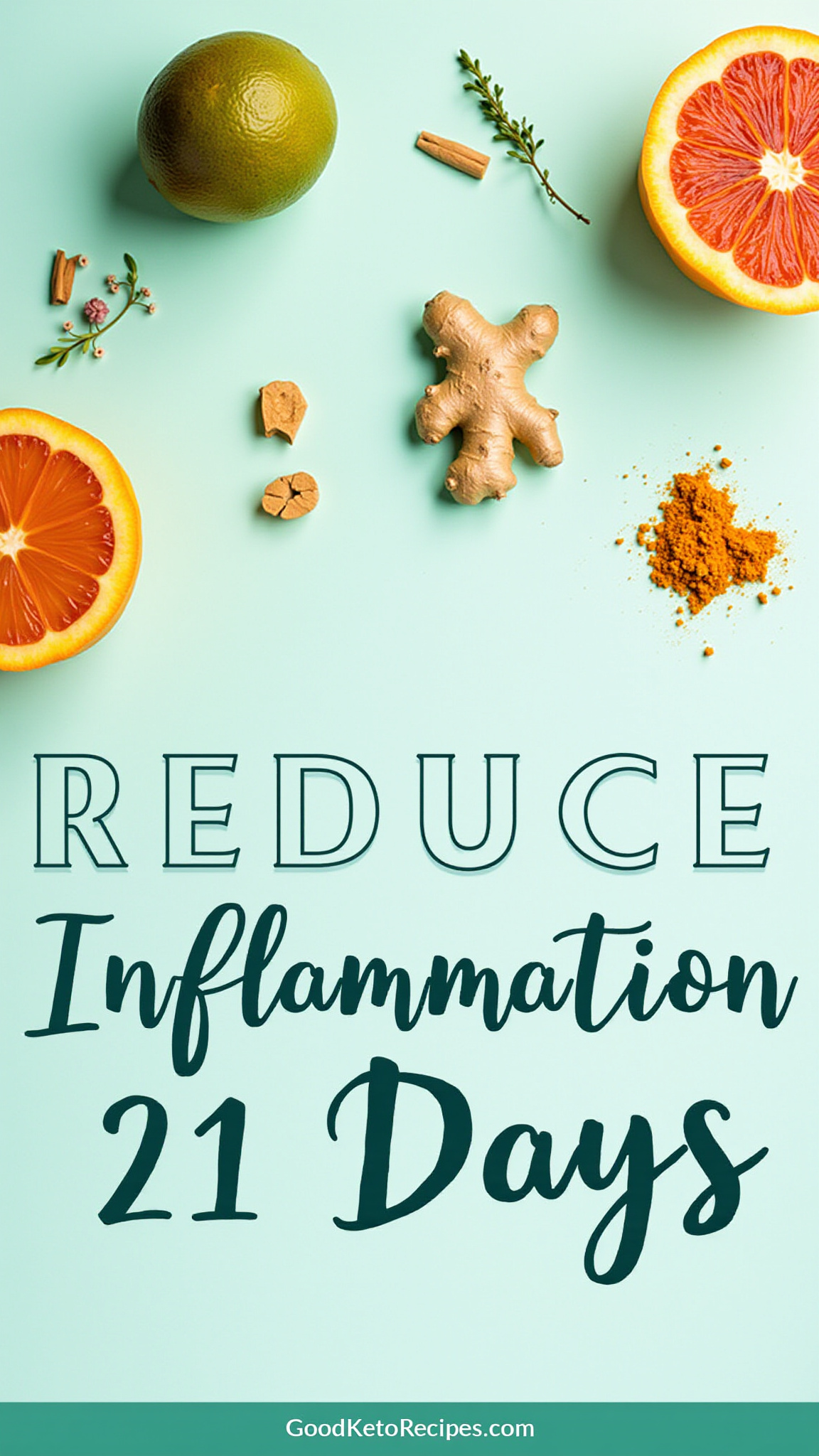
Affiliate Link Disclosure: Some of the links in this post are affiliate links. This means that if you click on the link and make a purchase, I may receive a small commission at no extra cost to you. I only recommend products or services that I personally use and believe will be valuable to my readers.
